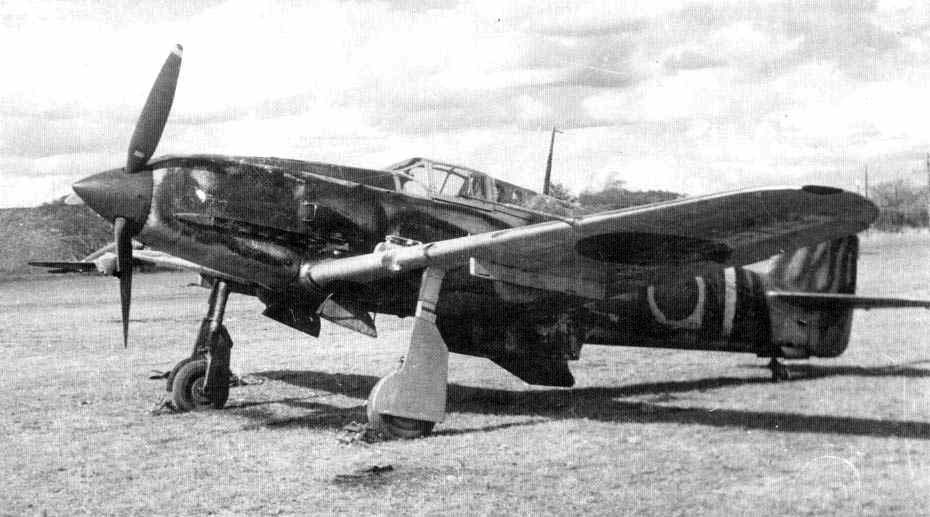It's come up before, but Browning Guns are stated to be in use by the USA in the course of the books. the BAR is explicitly named in the "Settling Accounts" books (the exact one escapes me at the moment) and when Gordon McSweeny blows up the CSA river ironclad it says he was carrying a .45. Now, in reality Browning himself wasn't a large-scale manufacturer of firearms, selling most of his designs to larger companies like Colt and Winchester who in turn sold them to the US Military, so that can serve as an explanation for why Browning guns would be in US service despite him being a Mormon. He could also just be a loyalist.It's more an issue that a lot of the top MG designers in the late 19th and early 20th century were Americans who worked abroad because their wasn't any demand in the States. Furthermore most of them would be from the US in TL 191. So the Brits/French wouldn't have the design work of Hiram Maxim, Lewis, Hotchkiss and potentially John Browning. Browning is the odd man out since he was a Mormon in OTL and in TL 191 the hostility between the LDS church and the Federal Government never ended with the Mormons attempting an absurd number of revolts all of which failed. So if John Browning doesn't die in one of the revolts he might end up fleeing abroad to the CSA, France, or the UK.
In OTL from what I understand the main German MG of WW1 was basically a licensed copy of the Maxim Gun. With the US in TL having so many top notch MG designers and a much larger defense budget and defense industry it might be that Germany ends up copying or licensing US designs instead of the US copying German designs. If the MG 08 is the main German MG in TL then they've licensed an American Maxim gun instead of the British Maxim gun of OTL.
So the US Army might start the war with a decisive advantage in terms of machine guns being the only major power with a "light" machine gun in the form of the Lewis gun.
I'm not a fan of how much Turtledove had the US just copying German designs in WW1 instead of developing it's own. The whole "US develops absolutely no aircraft of it's own and just produces German designs during the FGW" Turtledove had was just dumb. It made sense for the US to copy and buy British/French aircraft in OTL because it had virtually no airforce pre war and had to massively expand it's force incredibly rapidly. Here the US has a much much larger military pre war and much much larger defense industries. The US would undoubtedly cooperate with it's German ally and license produce some engines/aircraft or otherwise use German R&D but would also have it's own R&D efforts.
as for Machine Guns, I wouldn't put it past the British to reverse-engineer a Maxim gun purchased through a shell company, considering pretty much every Home-produced Machine gun used by the major powers (Germany, Russia, the UK) in WWI was either a Maxim gun or a copy of one. the odd man out there is France, and even then Hotchkiss was, as you said, an American. This harks back to the Naval arms race that preceded WWI, where every country was spying on each other's development. Not to mention bluntly copying a pre-existing firearm isn't unheard of: case in point, the M1903 Springfield Rifle, which was quite literally a Mauser G98 chambered for .30-06 ammunition. it was such a bold copy that Springfield actually lost a court case for design infringement and had to pay Mauser royalty fees until 1917.
as for Original designs, I counter with the US developing the Tank, or "Barrel" in this timeline, ahead of anyone else, especially the Germans. While the in-universe design of the machine evokes the German A7V it's still worth pointing out.
